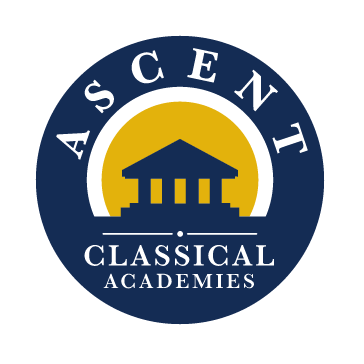Explicit phonics means teaching students the relationship between symbols and sounds in the English language rather than lists of sight words.
Students learn the “basic code” of English, meaning the 72 phonograms for 43 elementary sounds, which compose almost every English word. A phonogram is the written expression of a sound. So, for instance, the word “ship” has three sounds: sh, i, and p. The “sh” is one sound written as two letters, and students learn the sound by hearing it, writing it, and saying it. Similarly, students learn that the letter “a” has 4 main sounds, and that in certain circumstances “a” will sound like “glad” and in others like “glade,” in others like “gall” or “walk.” Phonograms such as these are the primary and most basic components of an explicit phonics program.
Students also learn 47 different spelling rules that help them combine phonograms in correct writing. Because English is a mixture of several languages – principally Anglo-Saxon, German, French, and Latin – students must learn explicit rules to make sense of English’s variety and richness.
This curriculum, which requires students to hear, to say, and to write phonemes at the same time, develops habits of care, neatness, and patience from an early age.
